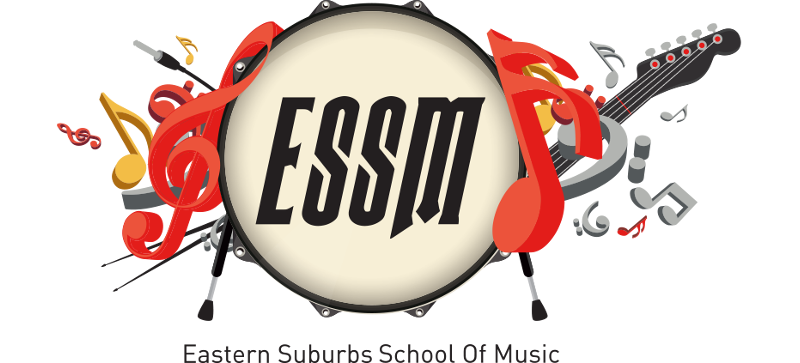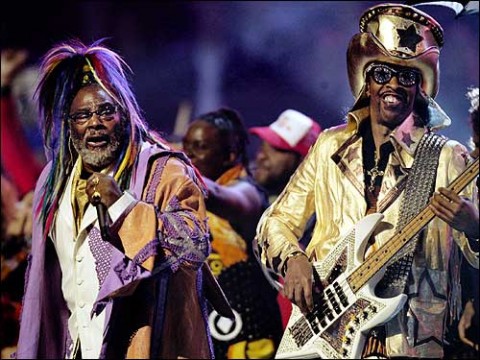VCE Music Group Performance exam – Funk
Funk is included in the 4th category of the VCE Music Group Performance list with Reggae and Soul. The style developed in the 1960s with pioneer James Brown influencing the development of bands such as Sly and the Family Stone and Parliament/Funkadelic.
Silence is the most important thing to make music funky. The dance feel is created by the pockets of silence. There is often long repetition of chords or groove. Chords are played for very short rhythm durations like the quaver and semi quaver beats. Also do not let chords ring out. Everything has to be tight and played with precision. This style of music relies on members of the band committing to the greater good of the overall sound. With parts often being repeated it relies on a team approach rather than one star of the band.
Songs from the VCE Music Group Performance list that would be considered funk songs are:
Mama’s Trippin’ – Ben Harper
Love Rears Its Ugly Head – Living Colour
Aeroplane – Red Hot Chili Peppers
Tightrope – Janelle Monáe
Here are some tips for playing funk on your instrument to master the VCE Music Group Performance exam.
Funk – Guitar
- play barre chord shapes with lots of dominant 7 and dominant 9 sounds. Listen to James Brown songs and their guitar parts.
- single note pentatonic riffs are commonly played. Listen to the song Shining Star by Earth, Wind and Fire.
- single coil guitars like Fender Stratocaster or Fender Telecaster great for the trebly sounds of funk guitar.
Funk – Bass
- this really is YOUR style to own. Bass is the star of the group in a funk band.
- slap and pop technique is a key technique feature of playing in funk style.
- learn from players such as Bootsy Collins, Larry Graham and Flea of the Red Hot Chili Peppers.
Funk – Keyboard
- like the guitars chords and riffs that are short and choppy in rhythm are often being played.
- distinct keyboard tones like the organ, clavinet and Fender Rhodes sounds dominate this style of music.
- synths were adapted by the 70s and 80s and used to create great hooks within the songs. Listen to Flashlight by Parliament/Funkadelic.
Funk – Drums
- very little drum fills are found in funk songs, it is all about creating the slamming groove.
- Beat one of the bar is of great importance and can be heavily accented.
- kick drum patterns can get complex in this style. Work hard on your kick foot.
- tight cracking snare sounds are a feature of the drum sound as well as electronic kit sounds as heard in 80s funk songs.
For further questions or if you are wanting to learn to play that funk music, contact Eastern Suburbs School of Music on 0421 705 150 or via the contact form on this website.






 0421 705 150
0421 705 150
